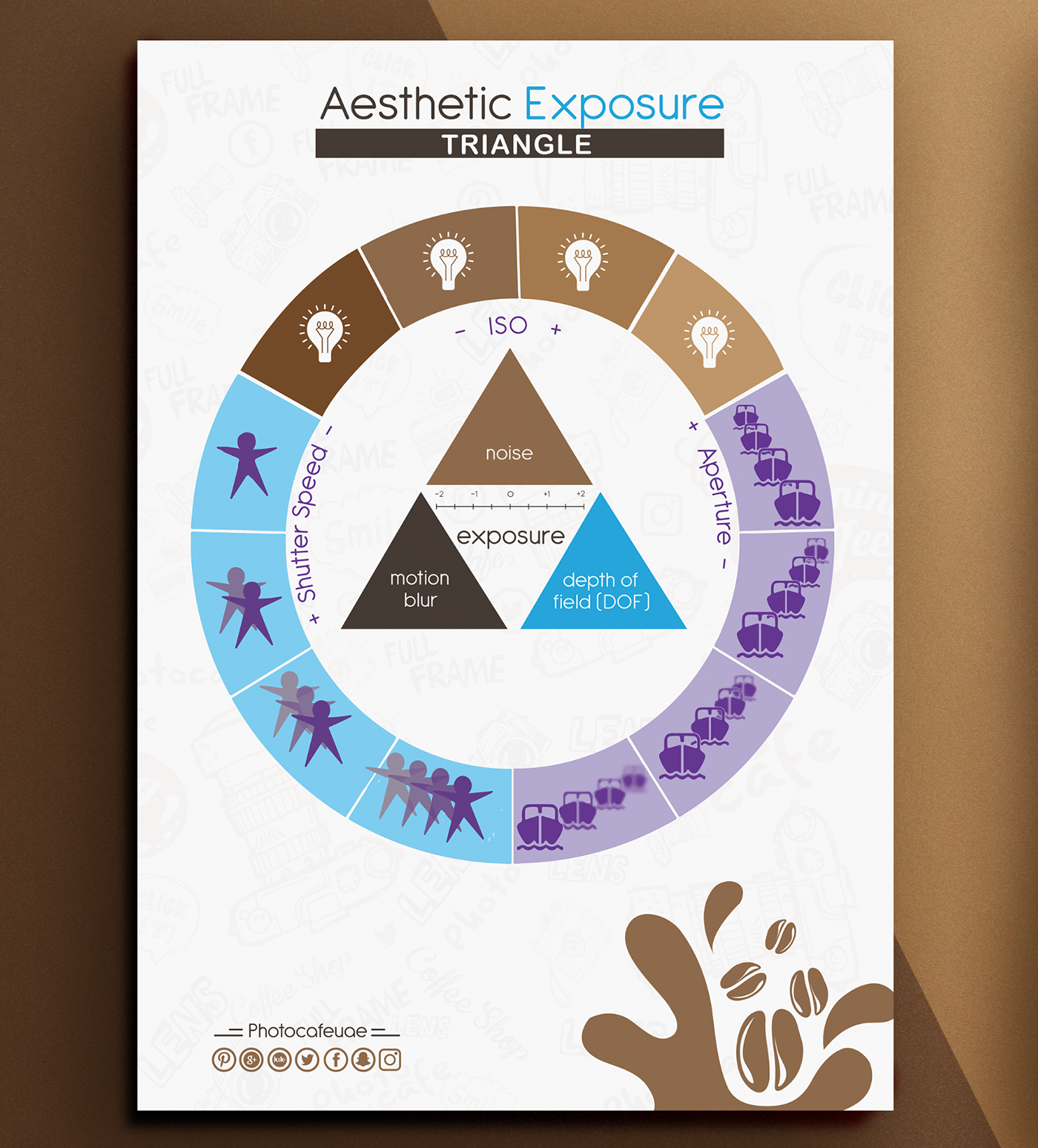What Every Photographer Needs To Know About Lighting
What Every Photographer Needs To Know About Lighting
Blog Article
Content By-From Isaksen
As a photographer, you understand that lights can make or damage your images. Comprehending the subtleties of both all-natural and fabricated light is important for recording the state of mind and clearness you go for in your work. Whether you're chasing the best golden hour glow or tweak your artificial configurations, grasping these components can boost your digital photography significantly. However there are common mistakes that many forget, and recognizing them can change your technique to every shoot. Allow's explore what you could be missing out on and how it can affect your results.
Comprehending Natural Light
Comprehending all-natural light is crucial for any type of photographer looking to boost their job. It's the structure of wonderful digital photography, influencing mood, tone, and clearness. When you fire outdoors, take note of the moment of day. The golden hour-- quickly after dawn and prior to sunset-- provides soft, cozy light that can transform ordinary scenes into sensational photos.
Do not undervalue the power of overcast days. Cloud cover diffuses sunshine, creating a soft, also light that's perfect for pictures and macro photography. You'll discover colors appear this sort of lighting without severe darkness.
Positioning issues, too. Constantly consider your topic's orientation to the light. If the sunlight's behind your subject, you may end up with a silhouette, which can be significant yet mightn't be what you desire. On https://www.liveinternet.ru/users/cassidy_bradley/post509044791 , direct sunshine can produce unflattering darkness.
Trying out angles; sometimes, transforming your perspective can produce amazing results. Usage all-natural reflectors, like water or sand, to bounce light onto your topic, adding measurement.
Mastering Artificial Light
Understanding synthetic light is essential for photographers who intend to take their skills to the following degree. Whether you're making use of speedlights, studio strobes, or constant lights, recognizing exactly how to control these resources can substantially boost your photos.
Beginning by familiarizing on your own with the fundamentals of light high quality, instructions, and shade temperature level. Try out various modifiers like softboxes, umbrellas, or grids to regulate the gentleness or harshness of the light.
You'll locate that soft light frequently creates complementary outcomes, while harsher light can add drama and deepness. Do not shy away from https://mymodernmet.com/different-types-of-houses-around-the-world/ can enhance the three-dimensionality of your topics.
Pay very close attention to the placement of your lights. A light located also close to your subject can develop unflattering results, while as well far can cause a lack of information. Use a light meter or your cam's histogram to guarantee you're revealing appropriately.
Last but not least, remember that synthetic light can be mixed with ambient light for innovative effects. Stabilizing these resources may take practice, but once you master it, your digital photography will really beam.
Strategies for Different Situations
When you step into different shooting situations, adjusting your illumination techniques is vital for capturing the very best photos. For outside portraits, use the gold hour-- early morning or late afternoon light-- to soften darkness and boost skin tones.
If it's a harsh noontime sunlight, take into consideration using a reflector to bounce light back onto your topic or seek shaded locations for an extra also exposure.
In low-light situations, like interior occasions, raise your ISO and make use of a large aperture to allow in even more light. A tripod can aid remove electronic camera shake, allowing for longer exposures without blurring.
If you're contending evening, experiment with off-camera flash to develop dynamic illumination and depth in your pictures.
For item photography, utilize diffused lighting to stay clear of harsh reflections. Softboxes or light camping tents can help attain this result.
When photographing landscapes, take into consideration the direction of light and time of day, as it can substantially change the state of mind of your shot.
Always be ready to change your setups and placing based upon the situation, as flexibility is vital to understanding lights in photography.
Final thought
In conclusion, understanding lighting is essential to boosting your photography skills. Accept all-natural light's elegance throughout golden hour, and do not avoid try out synthetic light methods. By adjusting your method to different circumstances, you'll record magnificent pictures that resonate with feeling and clarity. Bear in mind, the ideal lights can transform a common shot into something amazing, so keep practicing and fine-tuning your understanding of both natural and man-made light. Satisfied capturing!
